2017 ADCC World ChampionshipsSep 14, 2017 by Averi Clements
The Jiu-Jitsu Scientist: Inside The Mind Of Eddie Cummings Part 3
The Jiu-Jitsu Scientist: Inside The Mind Of Eddie Cummings Part 3
Imagine listening to a lecture from a prize-winning scientist, and you'll have an idea of what it's like to talk to Eddie Cummings about jiu-jitsu.

Imagine being a college student in Chemistry 101 and listening to a lecture from a professor who happens to be a prize-winning scientist, and you'll have an idea of what it's like to talk to Eddie Cummings about jiu-jitsu.
READ: Jiu-Jitsu's Einstein: Inside The Mind Of Eddie Cummings
READ: Obsessed With Jiu-Jitsu: Inside The Mind Of Eddie Cummings Part 2
It's not that he's a know-it-all -- in fact, the former physics grad student constantly brings up how he's trying to learn more and more every day, even as he prepares to compete in next week's ADCC 2017 World Championships in Espoo, Finland. But just by the way he speaks, you can tell that there's so much knowledge about grappling buzzing around in his mind that even he doesn't quite know where to start when he starts talking about it.
But once he gets going, no matter how much you know or how often you train, it suddenly doesn't feel like it's nearly enough.

Cummings himself took a while to figure out what worked for him after dropping out of grad school and devoting his full focus to studying jiu-jitsu. As a white and blue belt, he often searched for triangles before it sunk in for him that "getting there is a war" for someone his size against larger opponents. The gravitation toward his now infamous leg locks didn't just happen because of where or with whom he trained -- they just worked for him.
"If you're small, and you want to submit someone bigger than you, I'm not saying upper body subs won't work, but you need to know how to attack the whole body," he said. "Lower-body submissions are way more high percentage. They can't stand over you, they can't pressure forward. Now you turn the tables, and your smaller limbs enable you to get inside easier."
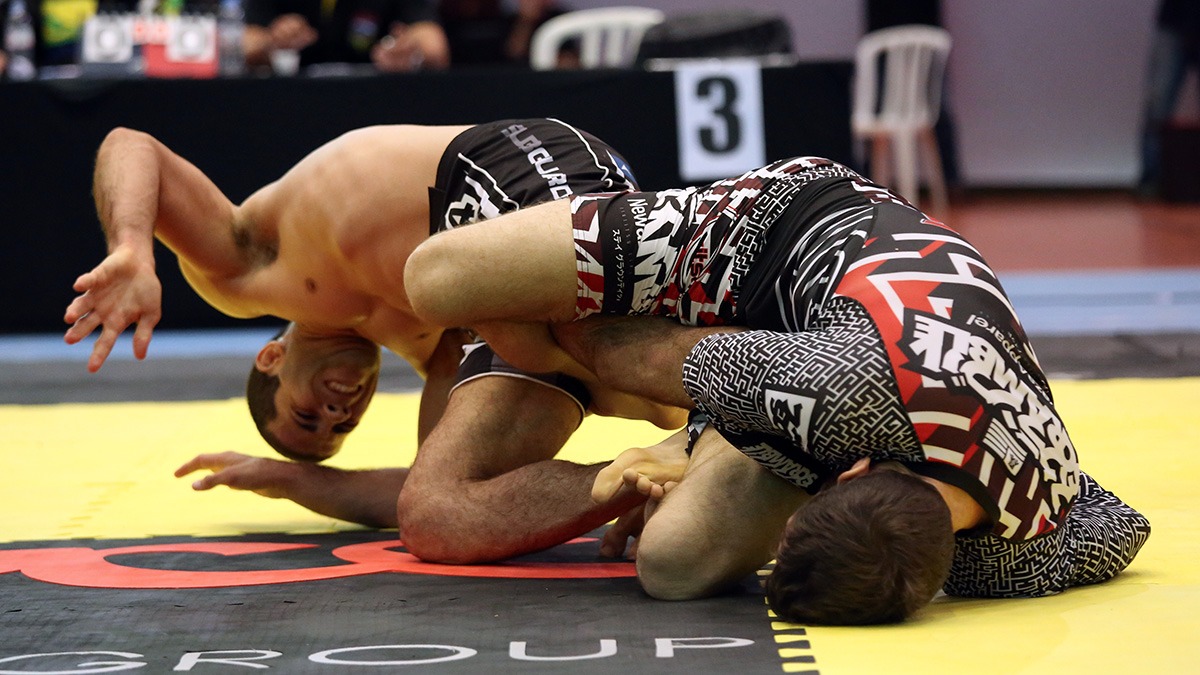
Cummings goes after one of his signature heel hooks attacks at ADCC 2015. Photo: Hywel Teague
Although Cummings has made a name for himself with his ability to finish his opponents, it took a lot of trial and error to get to the point where he is today. And according to him, it's that experimentation and self-questioning that many grapplers are missing from their game.
"It's not just sharpening moves, but figuring best way to do that," Cummings said. "Too many people are trying to force moves with athleticism, speed, and timing, and a lot of high-level grapplers do that. So they don't teach clearly; they just spaz into an armbar or single leg.
"Oftentimes someone shows something because someone showed it to them, and no one's ever tried to research it," Cummings said. "One of my favorite things to do isn't just to watch tape of all the really good guys; I watch tape of a lot of failed stuff. I watch tons and tons of failed outside ashi garami. It's one of my favorite things to do because I know the position fairly well.
"I can go watch any local tournament. I'll watch every outside ashi. I'll see all the outside ashis lost, and I'll make sure that when they're lost I know exactly why they're lost. So that's an example of, you know the position, you're trying it, but it's not you, it's the move that sucks."
Perhaps unsurprisingly, Cummings' approach to jiu-jitsu very closely resembles the scientific method. But even if you can't spend all of your waking hours training and reviewing tape and experimenting, you can incorporate much of his process into your own game. And the most important step to this is questioning absolutely everything you think you know about what works for you and what doesn't.
"If you go to the gym one day and the move doesn't work once, you need to ask yourself why," Cummings said. "If I know there's one counter to a move I do that's a good counter, I stop doing that move. That's a really high standard to hold yourself to.
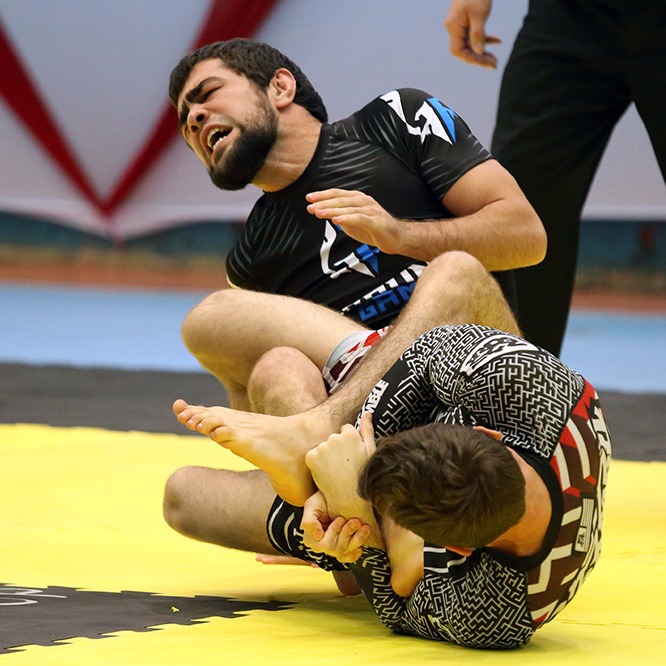 The process sounds tedious and emotionally draining, but that level of assessment is what's gotten Cummings to where he is today. His routine of "wake up, caffeinate, jiu-jitsu, repeat" has only been so effective because he's never satisfied with the amount of knowledge that he's attained. He refuses to plateau, and to keep moving forward, he holds his techniques to the incredibly high standard of being "unstoppable."
The process sounds tedious and emotionally draining, but that level of assessment is what's gotten Cummings to where he is today. His routine of "wake up, caffeinate, jiu-jitsu, repeat" has only been so effective because he's never satisfied with the amount of knowledge that he's attained. He refuses to plateau, and to keep moving forward, he holds his techniques to the incredibly high standard of being "unstoppable."
"Whenever I try something new, [my training partners] will get creative and try to find a million different ways to escape, and every one of their escapes is worth studying, he said. "That's what interesting to me: exploring these techniques not as isolated movements but as movements with a lot of deep context behind them.
"The techniques sort of carve an abstract picture of movement that never really takes place. But it's understood and that's what I do what I do or why I try to change what I do. I'm not saying all my moves are unstoppable, but I'm striving to make them unstoppable."
As Cummings looks to a future that will hopefully involve gold at ADCC and (in the more distant future) opening his own academy, it's this meticulous mindset that continues to set him apart from the pack.
From his humble demeanor to his unassuming appearance to his mathematical mind, he may not be the first person you'd pick out to be one of the most savage grapplers in the game. But once you know what he can do, you can hardly blame all the top-level athletes who are scared to fight him.
Eddie Cummings will compete in the -66kg division of the ADCC 2017 World Championships. Watch it LIVE or On Demand ONLY on FloGrappling

STREAMING: Available only on FloGrappling via monthly or yearly memberships. A yearly FloPRO subscription provides access to ALL FloSports sites. SIGN UP HERE
Join The Conversation On Social
• Follow us on Twitter @FloGrappling
• Follow us on Instagram @FloGrappling
• Follow us on Facebook
READ: Jiu-Jitsu's Einstein: Inside The Mind Of Eddie Cummings
READ: Obsessed With Jiu-Jitsu: Inside The Mind Of Eddie Cummings Part 2
It's not that he's a know-it-all -- in fact, the former physics grad student constantly brings up how he's trying to learn more and more every day, even as he prepares to compete in next week's ADCC 2017 World Championships in Espoo, Finland. But just by the way he speaks, you can tell that there's so much knowledge about grappling buzzing around in his mind that even he doesn't quite know where to start when he starts talking about it.
But once he gets going, no matter how much you know or how often you train, it suddenly doesn't feel like it's nearly enough.

Cummings himself took a while to figure out what worked for him after dropping out of grad school and devoting his full focus to studying jiu-jitsu. As a white and blue belt, he often searched for triangles before it sunk in for him that "getting there is a war" for someone his size against larger opponents. The gravitation toward his now infamous leg locks didn't just happen because of where or with whom he trained -- they just worked for him.
"If you're small, and you want to submit someone bigger than you, I'm not saying upper body subs won't work, but you need to know how to attack the whole body," he said. "Lower-body submissions are way more high percentage. They can't stand over you, they can't pressure forward. Now you turn the tables, and your smaller limbs enable you to get inside easier."

Cummings goes after one of his signature heel hooks attacks at ADCC 2015. Photo: Hywel Teague
Although Cummings has made a name for himself with his ability to finish his opponents, it took a lot of trial and error to get to the point where he is today. And according to him, it's that experimentation and self-questioning that many grapplers are missing from their game.
"It's not just sharpening moves, but figuring best way to do that," Cummings said. "Too many people are trying to force moves with athleticism, speed, and timing, and a lot of high-level grapplers do that. So they don't teach clearly; they just spaz into an armbar or single leg.
That's the big secret that no one talks about: It's not that [students] suck. It's that the moves they're trying to do aren't strong moves. It's the techniques you choose that are holding you back. I see people repping moves that don't have a game plan or don't aid what they're doing.Cummings places a lot of emphasis on this concept -- the fact that many grapplers, both experienced and inexperienced, take what they've learned as gospel just because it was taught to them by their coach or at a seminar by a world champion black belt. This, he says, is one of the most common problems keeping jiu-jitsu athletes from unleashing their full potential.
"Oftentimes someone shows something because someone showed it to them, and no one's ever tried to research it," Cummings said. "One of my favorite things to do isn't just to watch tape of all the really good guys; I watch tape of a lot of failed stuff. I watch tons and tons of failed outside ashi garami. It's one of my favorite things to do because I know the position fairly well.
"I can go watch any local tournament. I'll watch every outside ashi. I'll see all the outside ashis lost, and I'll make sure that when they're lost I know exactly why they're lost. So that's an example of, you know the position, you're trying it, but it's not you, it's the move that sucks."
Perhaps unsurprisingly, Cummings' approach to jiu-jitsu very closely resembles the scientific method. But even if you can't spend all of your waking hours training and reviewing tape and experimenting, you can incorporate much of his process into your own game. And the most important step to this is questioning absolutely everything you think you know about what works for you and what doesn't.
"If you go to the gym one day and the move doesn't work once, you need to ask yourself why," Cummings said. "If I know there's one counter to a move I do that's a good counter, I stop doing that move. That's a really high standard to hold yourself to.
People will tell you, 'Oh my triangle's my go-to move.' So I'll ask, 'Every time you go for a triangle, can you finish it?' And if they say no, and that's their main move, then something's wrong. That's where your time should be focused, not trying fancy new moves, but asking yourself where you think you're strongest and are you really as strong as you think you are there?
 The process sounds tedious and emotionally draining, but that level of assessment is what's gotten Cummings to where he is today. His routine of "wake up, caffeinate, jiu-jitsu, repeat" has only been so effective because he's never satisfied with the amount of knowledge that he's attained. He refuses to plateau, and to keep moving forward, he holds his techniques to the incredibly high standard of being "unstoppable."
The process sounds tedious and emotionally draining, but that level of assessment is what's gotten Cummings to where he is today. His routine of "wake up, caffeinate, jiu-jitsu, repeat" has only been so effective because he's never satisfied with the amount of knowledge that he's attained. He refuses to plateau, and to keep moving forward, he holds his techniques to the incredibly high standard of being "unstoppable.""Whenever I try something new, [my training partners] will get creative and try to find a million different ways to escape, and every one of their escapes is worth studying, he said. "That's what interesting to me: exploring these techniques not as isolated movements but as movements with a lot of deep context behind them.
"The techniques sort of carve an abstract picture of movement that never really takes place. But it's understood and that's what I do what I do or why I try to change what I do. I'm not saying all my moves are unstoppable, but I'm striving to make them unstoppable."
As Cummings looks to a future that will hopefully involve gold at ADCC and (in the more distant future) opening his own academy, it's this meticulous mindset that continues to set him apart from the pack.
From his humble demeanor to his unassuming appearance to his mathematical mind, he may not be the first person you'd pick out to be one of the most savage grapplers in the game. But once you know what he can do, you can hardly blame all the top-level athletes who are scared to fight him.
Eddie Cummings will compete in the -66kg division of the ADCC 2017 World Championships. Watch it LIVE or On Demand ONLY on FloGrappling

How to Watch the ADCC 2017 World Championships
On TV: Now available on Roku and Apple TV 4 -- download the FloSports app today.STREAMING: Available only on FloGrappling via monthly or yearly memberships. A yearly FloPRO subscription provides access to ALL FloSports sites. SIGN UP HERE
Join The Conversation On Social
• Follow us on Twitter @FloGrappling • Follow us on Instagram @FloGrappling
• Follow us on Facebook
FloGrappling's hottest content, delivered to your inbox
Don't miss breaking news, feature stories, event updates, and more. Sign up for the FloGrappling mailing list today.Related Content
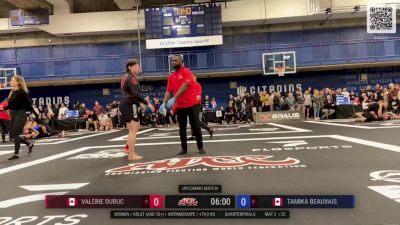 Valérie Dubuc vs Tamika Beauvais 2024 ADCC Montreal Open
Valérie Dubuc vs Tamika Beauvais 2024 ADCC Montreal OpenApr 20, 2024
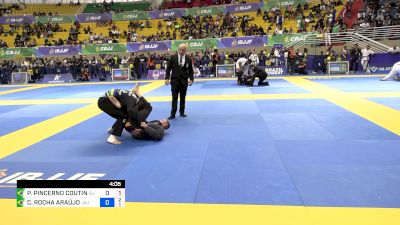 PETERSON PINCERNO COUTINHO vs CAUÃ ROCHA ARAÚJO 2024 Brasileiro Jiu-Jitsu IBJJF
PETERSON PINCERNO COUTINHO vs CAUÃ ROCHA ARAÚJO 2024 Brasileiro Jiu-Jitsu IBJJFApr 20, 2024
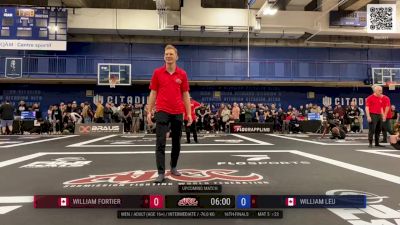 William Fortier vs William Leu 2024 ADCC Montreal Open
William Fortier vs William Leu 2024 ADCC Montreal OpenApr 20, 2024
 BRENO ALENCAR DOS SANTOS MACHADO vs IAN DE OLIVEIRA GIUBELINI 2024 Brasileiro Jiu-Jitsu IBJJF
BRENO ALENCAR DOS SANTOS MACHADO vs IAN DE OLIVEIRA GIUBELINI 2024 Brasileiro Jiu-Jitsu IBJJFApr 20, 2024
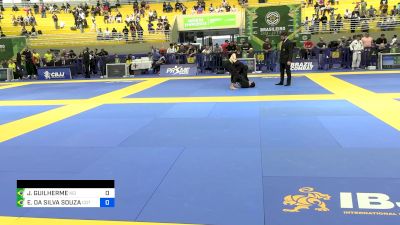 JOAO GUILHERME vs EMANUELL DA SILVA SOUZA 2024 Brasileiro Jiu-Jitsu IBJJF
JOAO GUILHERME vs EMANUELL DA SILVA SOUZA 2024 Brasileiro Jiu-Jitsu IBJJFApr 20, 2024
 JOÃO VITOR LIMA DA SILVA vs PAULO ROBERTO FERREIRA DE SALES 2024 Brasileiro Jiu-Jitsu IBJJF
JOÃO VITOR LIMA DA SILVA vs PAULO ROBERTO FERREIRA DE SALES 2024 Brasileiro Jiu-Jitsu IBJJFApr 20, 2024
 TULIO MARCIO CASSIANO FILHO vs DAVI ABRÃO DIAS BARBOSA 2024 Brasileiro Jiu-Jitsu IBJJF
TULIO MARCIO CASSIANO FILHO vs DAVI ABRÃO DIAS BARBOSA 2024 Brasileiro Jiu-Jitsu IBJJFApr 20, 2024
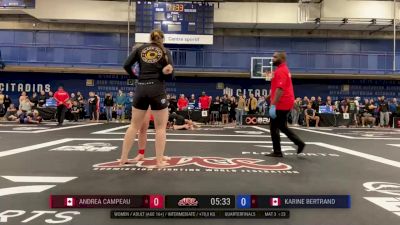 Karine Bertrand vs Andrea Campeau 2024 ADCC Montreal Open
Karine Bertrand vs Andrea Campeau 2024 ADCC Montreal OpenApr 20, 2024
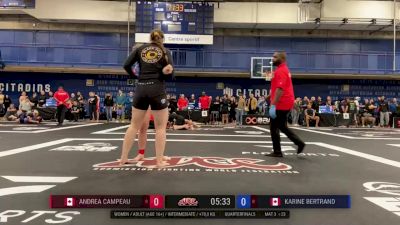 Karine Bertrand vs Andrea Campeau 2024 ADCC Montreal Open
Karine Bertrand vs Andrea Campeau 2024 ADCC Montreal OpenApr 20, 2024